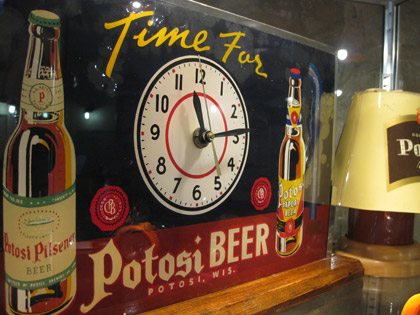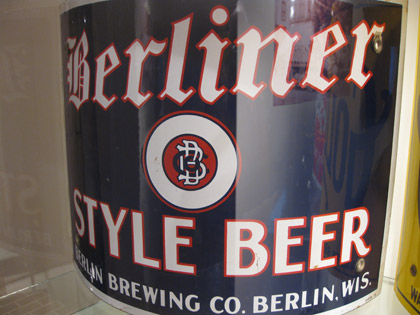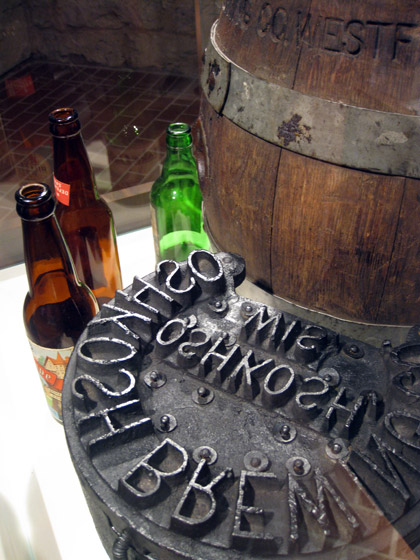If you followed Ray Daniels’ tweets earlier today you know that a presentation by Symphony IRI to members of the Brewers Association confirmed that “craft beer” sales are kicking butt, that mainstream beer sales are in the dumps and that IPAs seem destined to rule the world.
You also know that Blue Moon Belgian White Ale from MillerCoors and AB InBev’s Shock Top Belgian White grew 27 percent and 34 percent respectively (Shock Top off a much smaller base). But because the numbers fly by rather fast during a 55-slide, one-hour presentation some things take a while to sink in. Like that Stella Artois outsells Sierra Nevada Pale Ale, but not Blue Moon Belgian White.
Since I seem to be in numbers mode these days I assembled a chart that mashes up the top 15 selling craft (IRI does not include Blue Moon in that group, but does include beers from the Craft Brewers Alliance although those aren’t craft beers according to the BA definition), super premium and imported beers. These are all beers consumers pay more for.
The IRI figures are based on scans at grocery stores, drug stores, convenience stores, some liquor stores and a few other locations. Signature IRI does not capture every sale, or include draft sales, but more than enough to paint an accurate picture. They are for the first six months of 2010, and — just for fun — compared to the first six months of 2006. Sales are in millions of dollars.
| 2010 | 2006 | |
| Corona Extra | $207.0 | $224.5 |
| Heineken | $129.7 | $132.4 |
| Michelob Ultra | $106.8 | $106.7 |
| Corona Light | $64.5 | $60.1 |
| Bud Light Lime | $61.3 | *** |
| Tecate | $44.5 | $36.9 |
| Blue Moon White | $40.2 | $14.1 |
| Modelo Especial | $32.3 | $23.4 |
| Stella Artois | $31.2 | *** |
| Sierra Nevada Pale Ale | $27.8 | $24.8 |
| Heineken Light | $27.7 | $18.8 |
| Newcastle Brown | $26.9 | $21.1 |
| Samuel Adams Boston Lager | $26.3 | $21.8 |
| Samuel Adams Seasonals | $25.7 | $10.8 |
| Guinness Draught | $23.9 | $24.2 |
*** Bud Light Lime did not exist in 2006. Stella Artois was not among the top 15 selling imports (No. 15 on the list sold $12 million).
A couple of other notes: New Belgium Fat Tire sales are up more than 14 percent to $18.2 million (compared to $11.4 million for the first six months of 2006. Michelob Amber Bock outsold Blue Moon White in 2006 ($15 million to $14.1), and now it outsells Shock Top ($9.9 million to $8.5 million).
 The Beer Babe has announced the topic of The Session #43 (Sept. 3) and
The Beer Babe has announced the topic of The Session #43 (Sept. 3) and 

